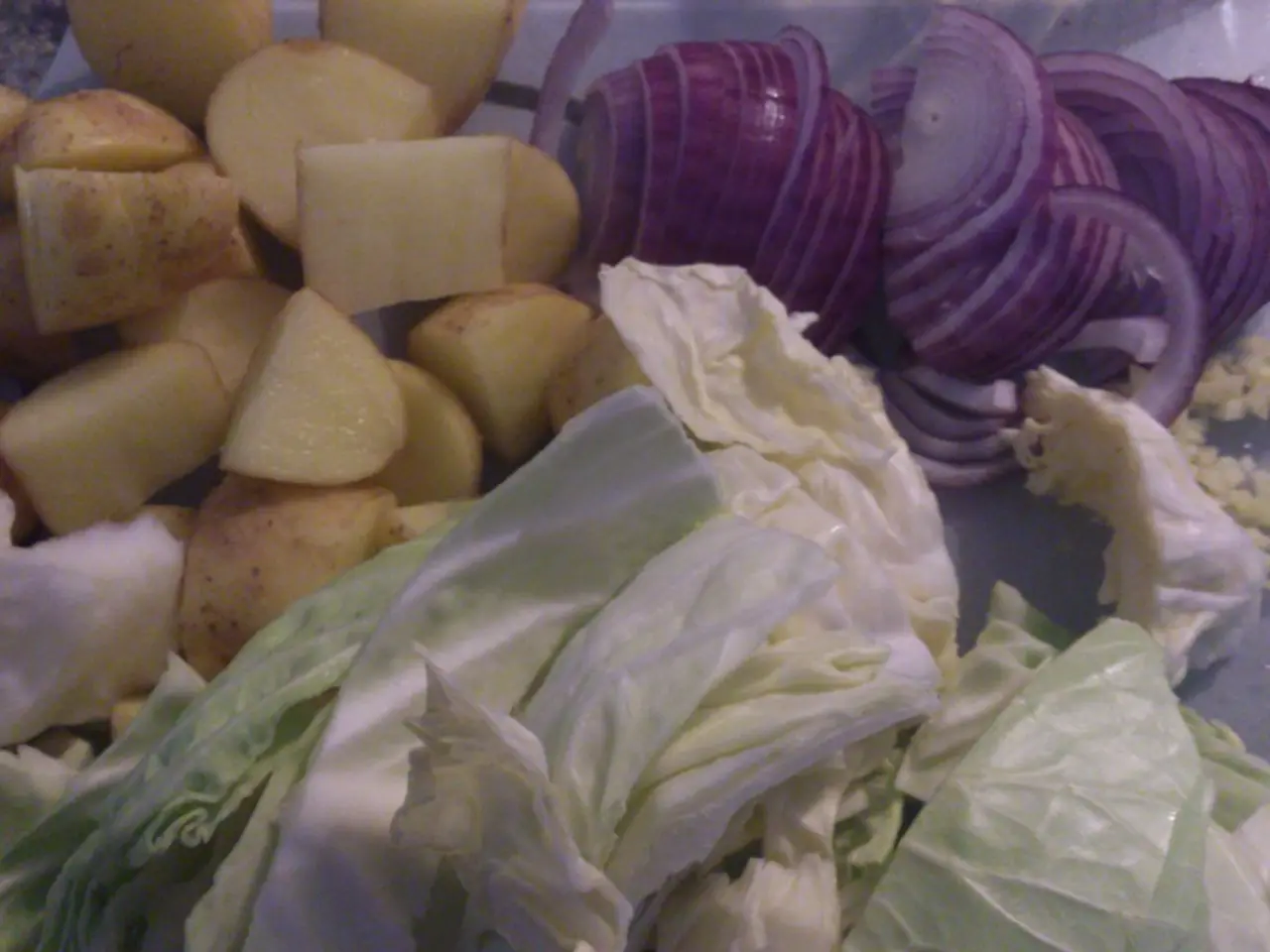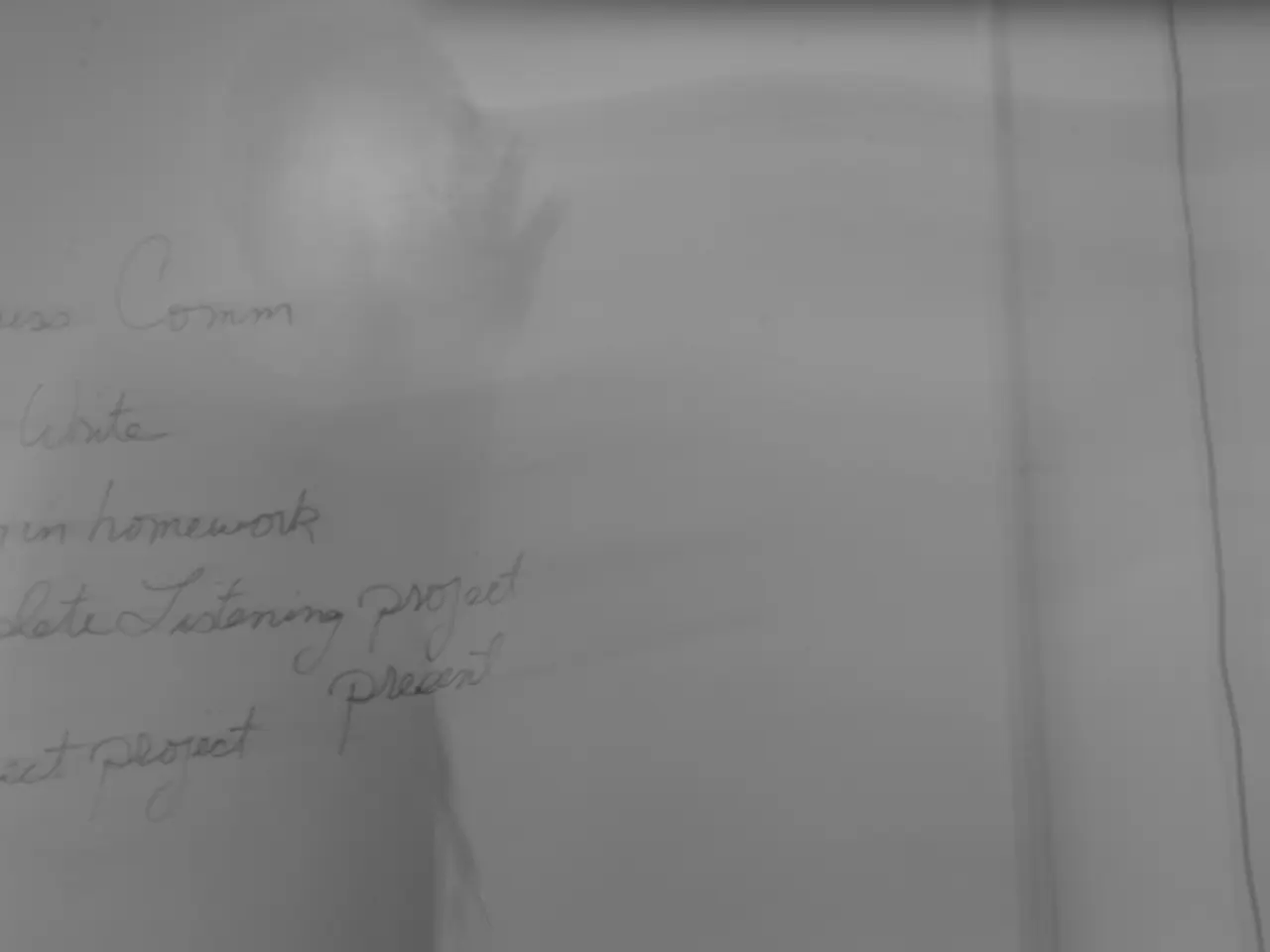Prices of produced goods in Latvia rose by 3% in February
In February 2025, Latvia saw a significant increase in producer prices across various sectors, with a 5.1% rise in prices for products exported to the euro area and a more moderate 0.5% increase for those destined for non-euro area countries. The increase in prices was particularly noticeable in sectors such as electricity, gas, steam and air conditioning supply, manufacture of wood and products of wood and cork, waste management, and selected food products.
This trend can be attributed to several economic indicators and sector-specific influences. One of the key factors is the general inflation trend in Latvia, with the annual inflation rate reaching 3.9% in April 2025, driven by higher prices for food and non-alcoholic beverages, among other consumer goods categories. This broad inflationary pressure likely contributed to higher producer prices, particularly in food product manufacturing.
Another significant factor is the dynamics within the energy sector. Although producer prices for energy showed a decrease across the EU and euro area, this is a broad average that may vary by country and sub-sector. In Latvia, specific cost changes in electricity, gas, steam, and air conditioning supply likely reflect efforts to stabilize prices amid energy market changes and investment in efficiency, possibly causing short-term price increases in the sector.
The manufacture of wood and products of wood and cork, as well as waste management, also experienced price increases. While direct price changes for these specific sectors in Latvia are not detailed, the general increase in industrial producer prices excluding energy of about 1.1% across the EU provides context for moderate price rises in these sectors. Factors such as raw material costs, supply chain disruptions, and environmental regulations impacting waste management could have contributed to these increases.
Additionally, price rises in electricity, gas, steam and air conditioning supply had an upward impact on the overall level of producer prices. Waste collection, treatment and disposal activities and materials recovery also contributed to the increase. The manufacture of selected food products also had an upward impact on the level of producer prices.
It's worth noting that the domestic market also felt the effects of these price increases, with the level of prices of products sold on the domestic market increasing by 2.3% in February 2025. The manufacture of wood and products of wood and cork, and selected food products, in particular, had a notable impact on the domestic market prices.
In conclusion, the increase in producer prices in Latvian industry in 2025 for the specified sectors was influenced by overall inflationary trends, sector-specific dynamics in energy and manufacturing, and broader economic factors like rising construction and input costs. Energy sector changes reflect both market conditions and policies towards efficiency, while food and wood product prices were affected by raw materials and consumer price inflation. Waste management costs likely rose due to environmental and operational costs within the industrial economy. These trends underscore the complex interplay of various economic factors impacting producer prices in Latvia.
- The increase in producer prices in Latvian industries, including sectors such as energy, manufacture of wood and products of wood and cork, and food products, can be linked to the general inflation trend in Latvia, which was driven partly by higher finance costs and business expenses in 2025.
- In the finance realm, the increases in costs within the energy sector, waste management, and selected food products might suggest elevated investments in efficiency, raw materials, and operational expenses, as they contributed to the overall price rises observed in these industries.




